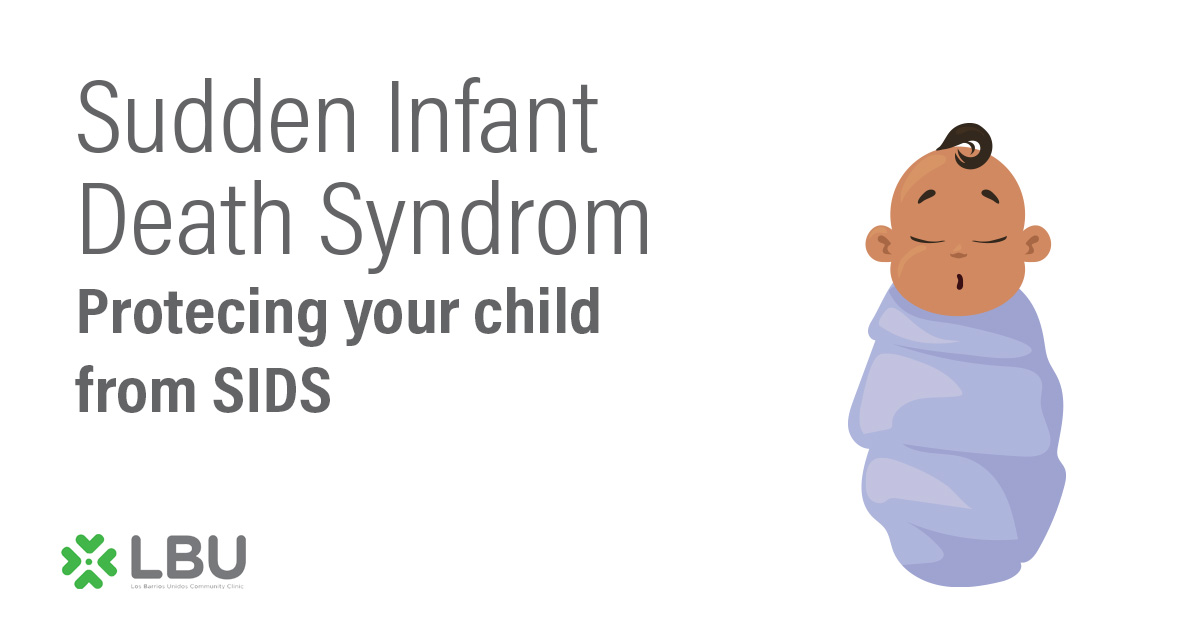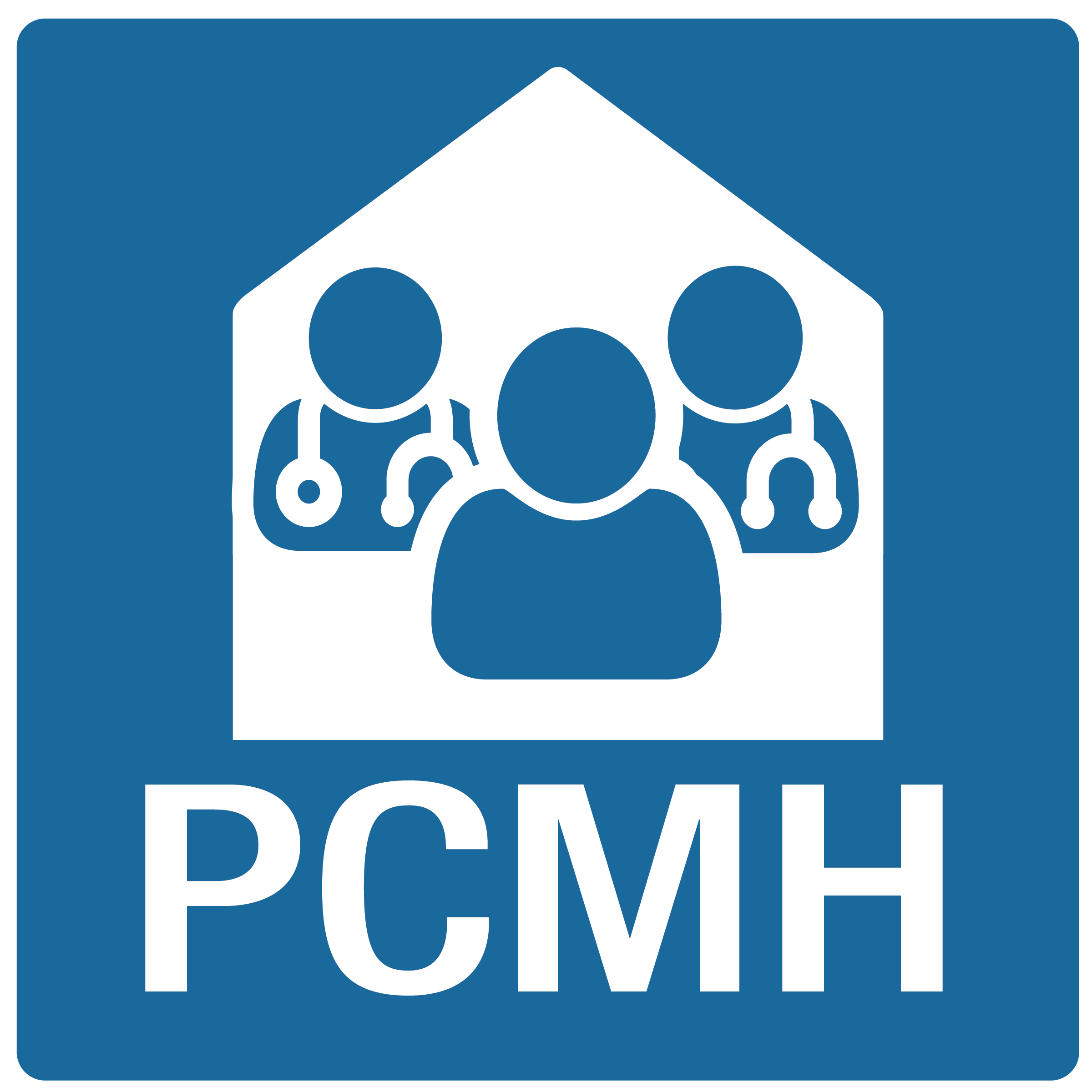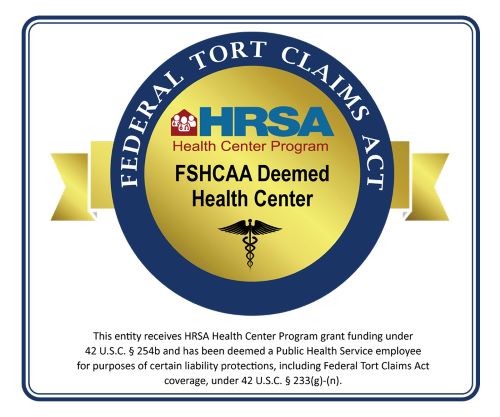
Sudden Infant Death Syndrome (SIDS) is a tragic and unexplained phenomenon that claims the lives of infants under one year of age, typically during sleep. As a parent, the fear of SIDS can be overwhelming. The good news is that while its exact cause is still unknown, research has identified several ways you can reduce the risk and help create a safe sleep environment for your baby.
SIDS is defined as the sudden and unexplained death of an otherwise healthy infant, often during sleep. According to the American Academy of Pediatrics (AAP), certain factors can increase the risk:
Sleeping Position: Placing infants on their stomach or side increases risk.
Sleep Environment: Soft bedding, overheating, and exposure to smoke can be contributors.
Age and Prematurity: Infants under 6 months and premature babies are at higher risk.
Here are evidence‑based ways to help protect your little one:
While these steps can help reduce the risk of SIDS, it’s crucial to stay informed about the latest recommendations from trusted authorities like the AAP, the Centers for Disease Control and Prevention (CDC), and the National Institutes of Health (NIH). These organizations regularly review new research and update their guidelines.
Protecting your child from SIDS is about being vigilant and creating a safe, nurturing sleep environment. By following evidence‑based recommendations and working closely with your pediatrician, you can reduce the risk and help ensure a healthy start for your baby.
Remember, every baby is different, and it’s always best to consult your pediatrician for personalized advice and guidance.
American Academy of Pediatrics: Safe Sleep for Babies
Centers for Disease Control and Prevention (CDC): SIDS and Sudden Unexpected Infant Death (SUID)
National Institutes of Health (NIH): Safe to Sleep®









